Suzdal — Old Russian Hollywood on the «Golden Ring»
Suzdal is a unique open-air museum town. People visit it to see the beautifully preserved Kremlin of the XI century, medieval monasteries, numerous churches and merchant houses of the XVIII — XIX centuries. The oldest masterpieces of the white-stone architecture of Suzdal are inscribed on the UNESCO World Heritage List. It was in Suzdal that in 1967 the journalist Yuri Bychkov put forth an idea of the «Golden Ring», a tourist route through the ancient cities of North-Eastern Russia. By the way, Suzdal is popular not only with tourists. The city is much loved by filmmakers, for whom the streets of the city are ready-made scenery to film historical movies.
See all
Restaurants

LE BAZAR
Restaurant • Inn • Patisserie • Bar • Sports bar
+7 49231 23880
Payment methods:

VINEGRET
Restaurant
+7 49231 23303
Payment methods:

Gnezdo pekarya
Restaurant • Bakery
+7 919 200091
Payment methods:

Gostinyj dvor
Restaurant • Banquet room
+7 492 3121190
Payment methods:
All sights in SuzdalSee all
Places of interest in Suzdal

Spaso-Evfimievsky Monastery
Architectural Monuments • Temples and places of worship • Abbeys and Monasteries • Other places

Museum of Wooden Architecture
Museums and Exhibitions • Other places
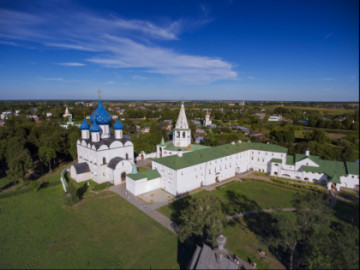
Suzdal Kremlin
Architectural Monuments • Other places
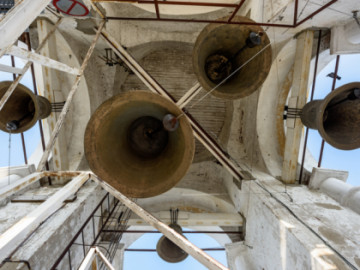
Rizopolozhenskiy Monastery
Architectural Monuments • Temples and places of worship • Abbeys and Monasteries • Other places
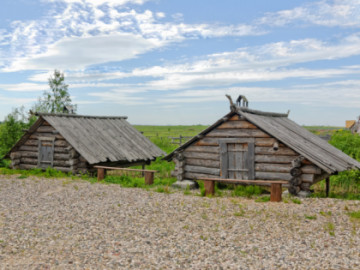
"Shurovo Hillfort" Museum
Museums and Exhibitions • Other places

Intercession Monastery
Temples and places of worship • Abbeys and Monasteries • Other places
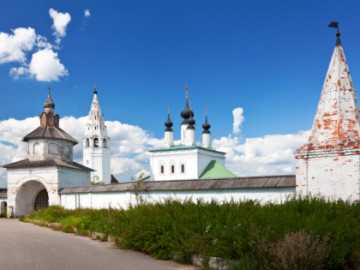
St. Alexander Monastery
Architectural Monuments • Temples and places of worship • Abbeys and Monasteries • Other places
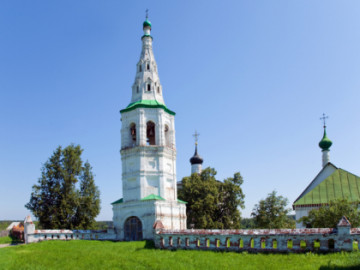
Church of Saints Boris and Gleb in Kideksha
Architectural Monuments • Temples and places of worship • Cathedrals and churches • Other places
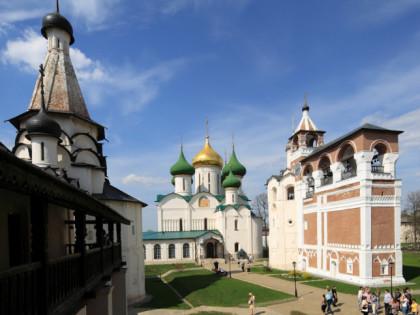
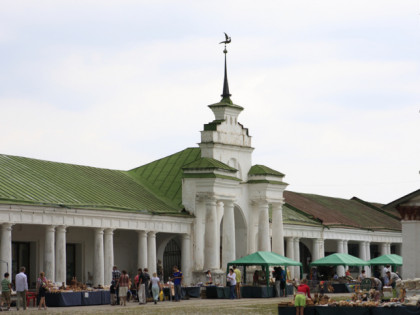
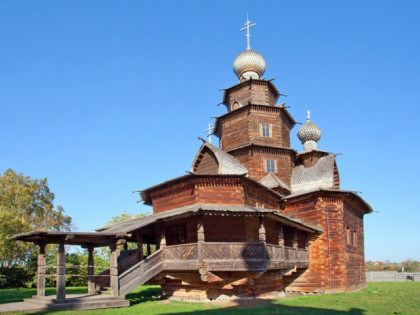
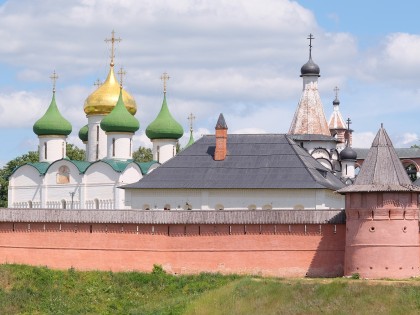
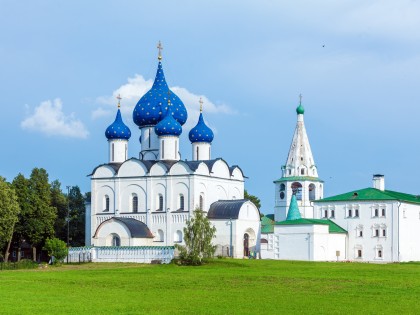
 Museums and Exhibitions
Museums and Exhibitions
 Other places
Other places
 Architectural Monuments
Architectural Monuments
 Temples and places of worship
Temples and places of worship